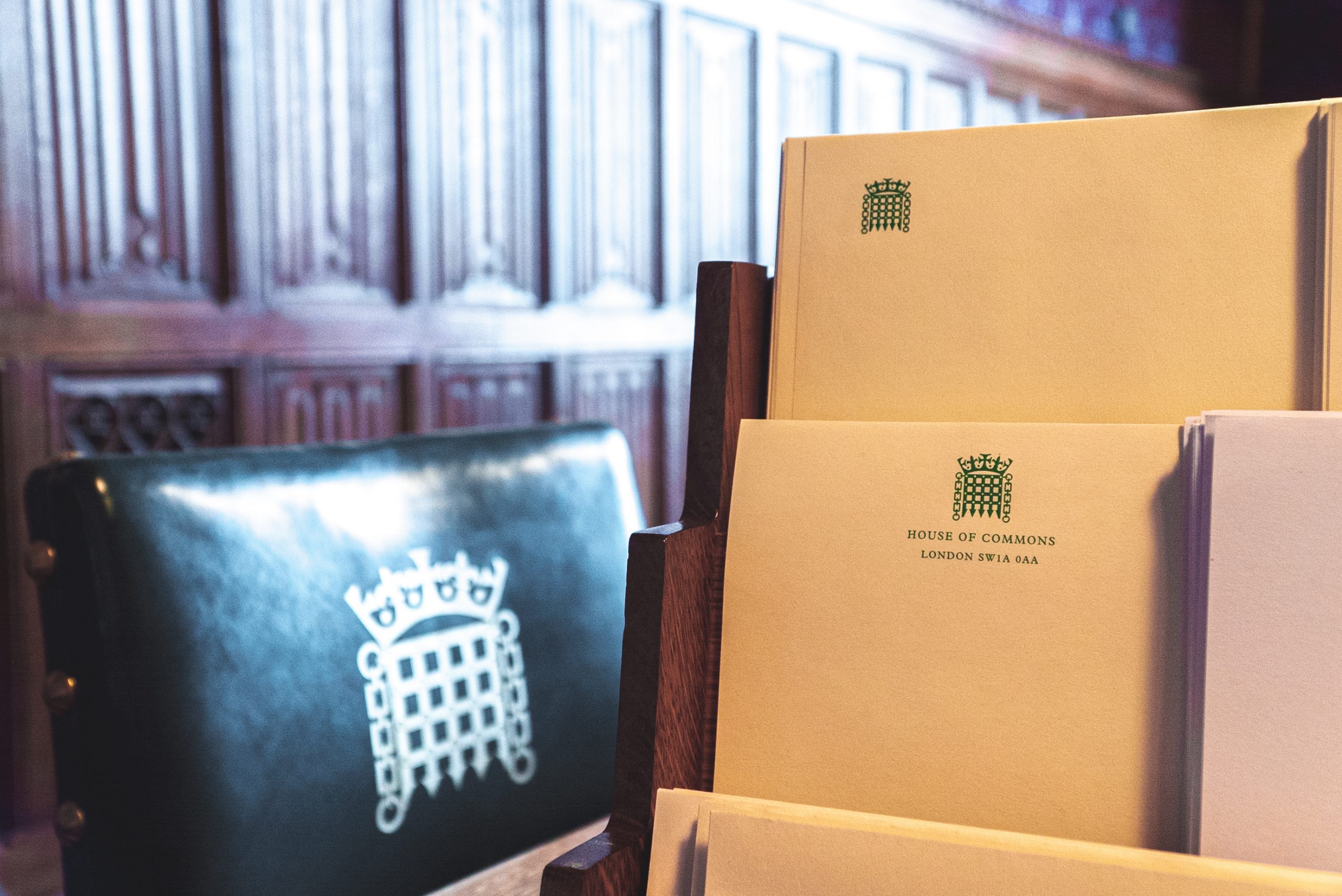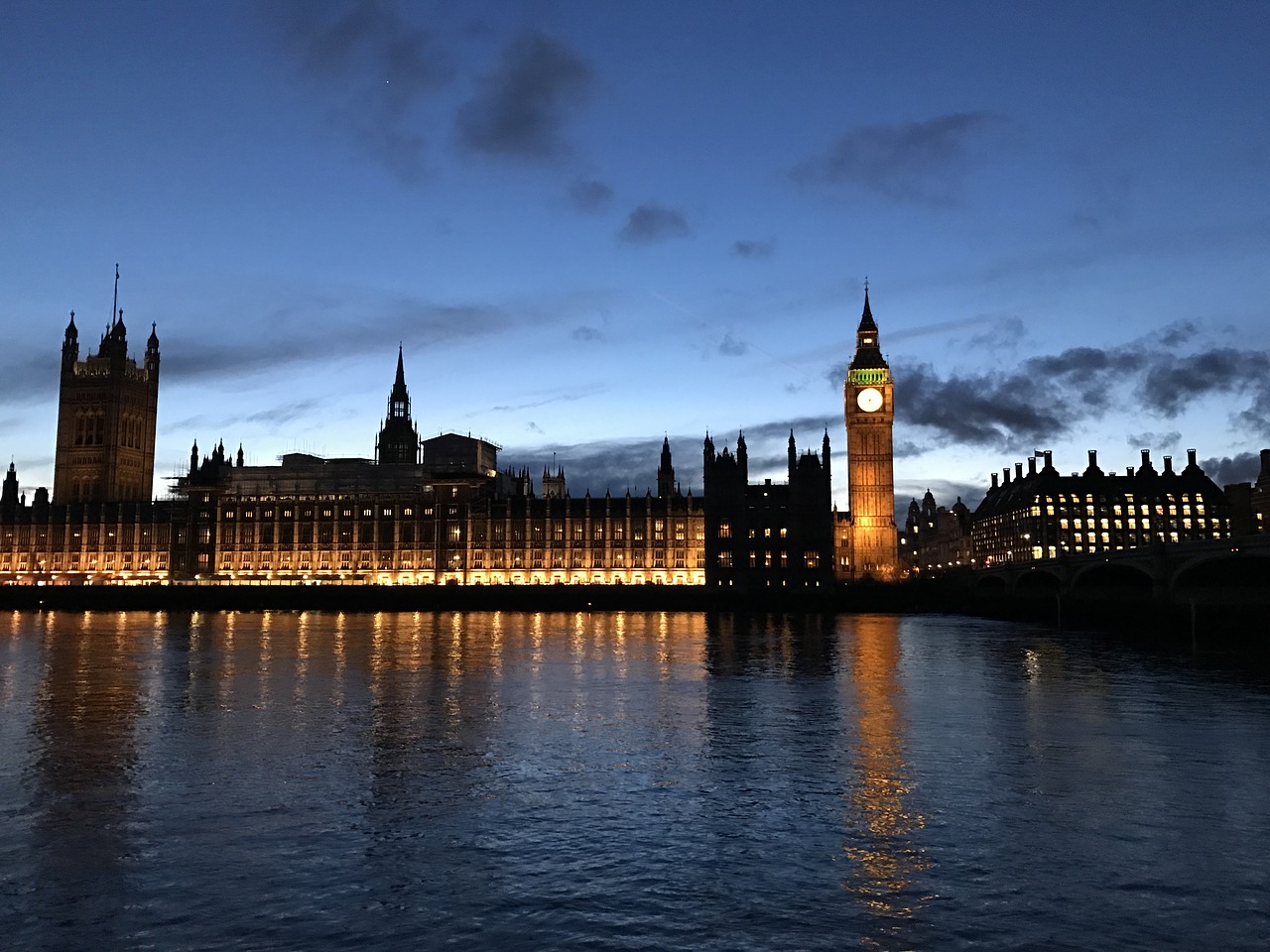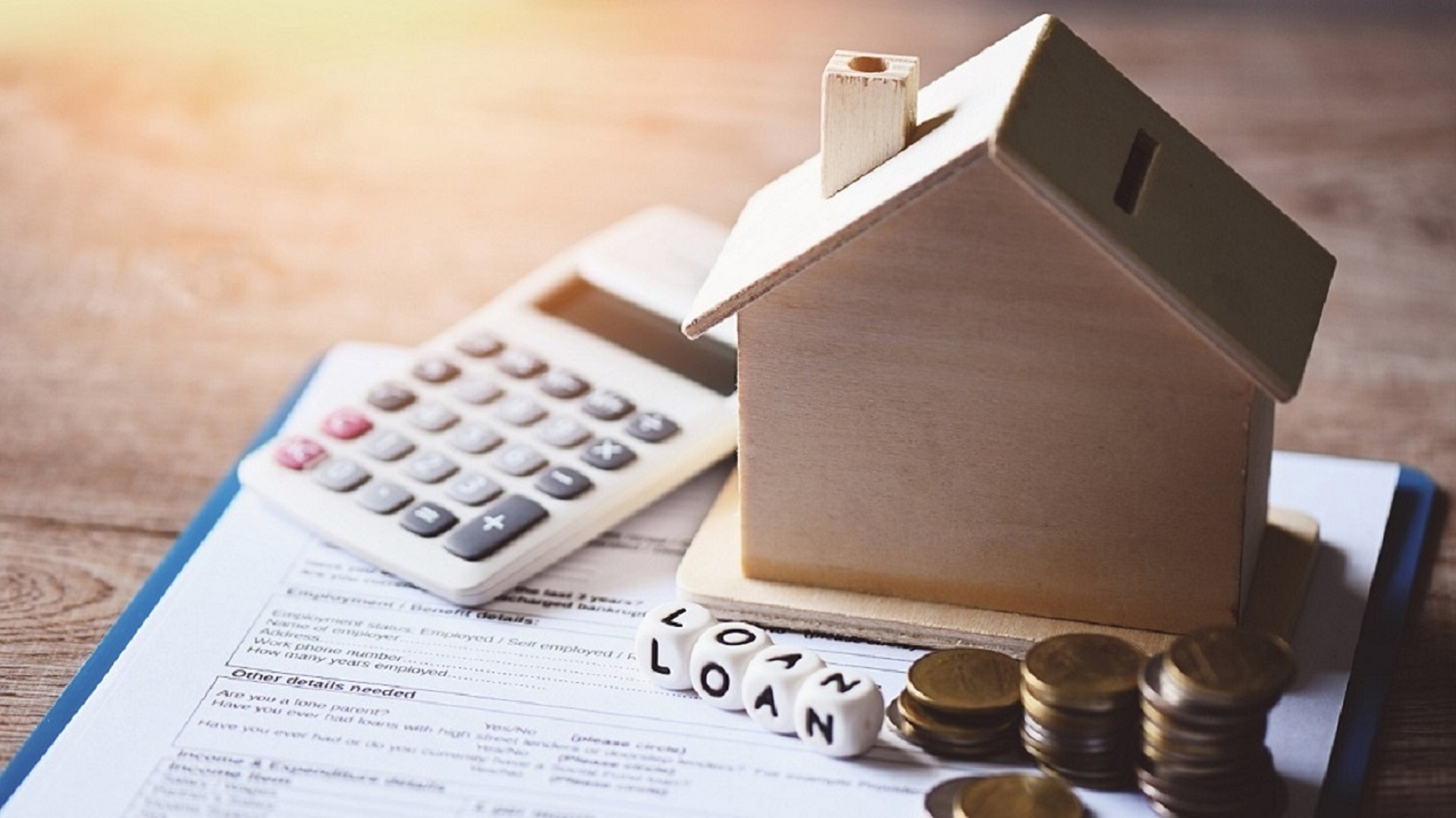Get Set for Net Zero is sponsored by founding partner Mishcon de Reya, lead partners Hollis, Deepki and Chargepoint, supporting partner Octopus Real Estate and knowledge partner UKGBC.
LISTEN to this podcast via the player below or just click here:
Listen back to episode 1 and episode 2:
Scott Murray is head of MEP projects at real estate consultancy Hollis. He’s positive about the property sector’s current attitude toward sustainability but thinks there’s still a way to go.
“I think we’re certainly in a lot better place than when I started in the industry about 20 years ago,” he points out. “The first regulations didn’t have the grander ambitions and certainly didn’t have the guise of legislation and will of the investment market as it does now. Everyone realises that we’re in this climate emergency and there’s a lot more people behind it now.”
Representing the UKGBC, the membership-led industry network aiming to improve the sustainability of the built environment, is Tom Wigg – the group’s senior advisor in advancing net zero.
He argues that a recent fundamental reduction in the carbon intensity of the overall electrical grid has created a sea change in how buildings use power.
“Decarbonising the electricity system in the UK is the cornerstone of us achieving our net zero ambition as a UK economy,” Wigg argues. “And since 2012, I think we’ve decarbonised the carbon intensity of electricity by about 75 percent. So where previously electricity that was used in buildings was far higher carbon than using gas, now using electricity is a much lower carbon solution.”
This means that efficient, electrically powered heating systems such as heat pumps are now a powerful tool to rapidly decarbonise the built environment.
And while fully renewable solutions may seem better on paper, there are drawbacks there, too – as Murray suggests.
“20 years ago, we were talking about improving the energy efficiency of the building,” he remembers. “And people were saying, ‘let’s put some PVs on the buildings’, or ‘let’s put wind turbines on the buildings’ in the middle of London. It was almost nonsensical for some of the solutions as there wasn’t the available roofscape.”
“It’s not just the developer and it’s not just in the built environment that can help decarbonise the UK carbon emissions,” he continues. “It’s got to be done at a more central level. You’re better investing more money, effort, time and legislation on the grid rather than necessarily purely just at the building form.”
Londoners may remember the Strata building in Elephant and Castle, whose wind turbines now lie dormant after residents complained about powerful vibrations.
LISTEN to this podcast via the player above, or just click here:





![Dope or nope? A custom truck builder is modding up Rivians with lift kits, Kevlar paint, and roll cages [Video] Dope or nope? A custom truck builder is modding up Rivians with lift kits, Kevlar paint, and roll cages [Video]](https://i0.wp.com/electrek.co/wp-content/uploads/sites/3/2024/02/Custom-Rivian-hero.jpg?resize=1200,628&quality=82&strip=all&ssl=1)


